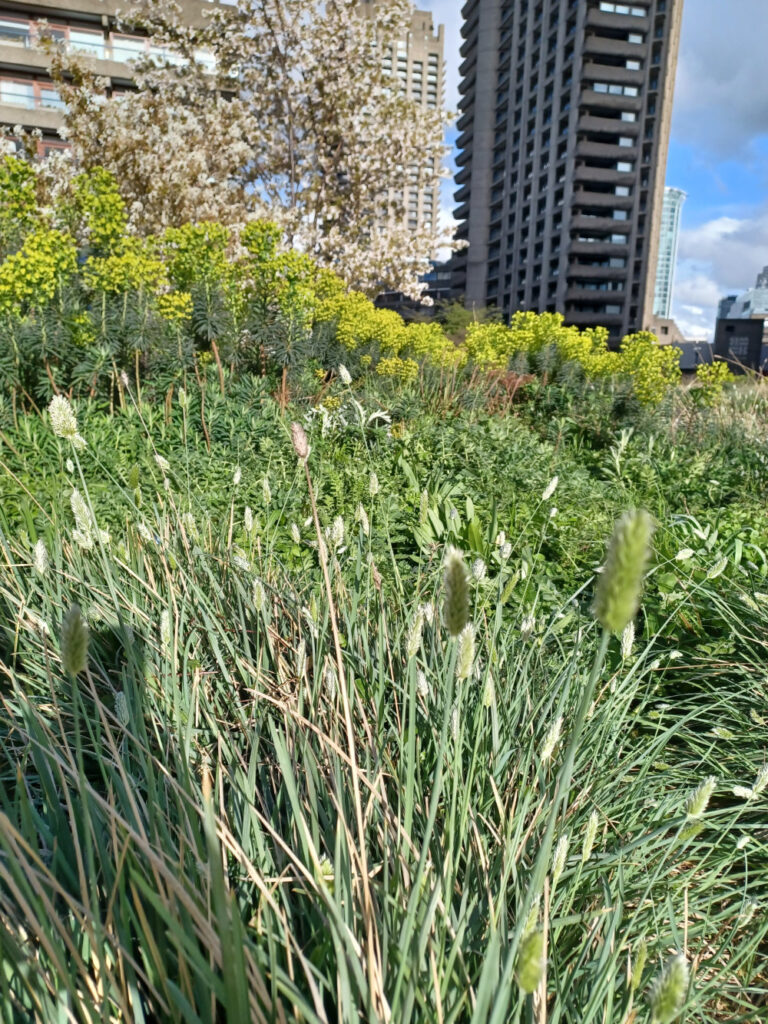
Ditch the Mulch, Plant Densely: A Natural Approach to Gardening
Throwing down a bunch of mulch has long been a go-to strategy to keep weeds down, keep water in, and to keep the garden looking good. But this is changing. Now, natural garden designers such as we at Grounded in Haliburton County do something different: we use a dense matrix of plants that acts as its own “living mulch”. This approach, while allowing for a minimal use of mulch during the garden’s establishment phase, does a better job of mimicking how plants actually behave.
Traditional Mulching: Pros and Cons
Traditionally, gardeners have relied on mulch for its many benefits. It conserves soil moisture, keeps weeds at bay, and provides a neat, uniform look to garden beds. But this convenience comes with drawbacks. Mulch must be replenished regularly, involves additional cost and labour, and can sometimes impede the natural growth processes of plants. It also does little to contribute to the garden’s biodiversity.
The Concept of Living Mulch
Living mulch turns this concept on its head by using densely planted gardens to naturally cover bare ground. This technique replicates the way plants grow in wild ecosystems, closely intermingled and supportive of each other, creating a self-sustaining environment. In a sense, the plants themselves become the mulch, protecting the soil and providing the benefits that traditional mulch would.
Benefits of Dense Planting
The ecological advantages of dense planting are significant. This method enhances soil health by improving its structure and nutrient content. It fosters biodiversity by creating habitats for beneficial insects and wildlife. Moreover, dense planting effectively suppresses weeds by leaving little room for their growth, and it creates a visually appealing, dynamic garden filled with a variety of plants.
Implementing Dense Planting in Gardens
Transitioning to dense planting requires careful planning. Here at Grounded, we use three layers of plants – the most important being the groundcover layer. Indeed, about 50% of the plants we choose are part of the living mulch. We use grasses (cool season for early greenery and warm season for summer show) as well as native perennials, such as Wild strawberry. The idea is to cover the ground as much as possible as soon as possible. You can see an example at the garden at Lucas House.
Challenges and Solutions
Adopting dense planting comes with its own set of challenges, particularly in the early stages. We do use mulch when we first install the garden – it helps keeps weeds down while the plants establish. But unlike traditional mulching, which requires about four inches, we use only 1 to 1.5 inches. This does the job in the first year, but allows plants to self-seed after that. By the second year, the plants will start to fill in, and the thin layer of mulch doesn’t stop them re-seeding. After all, we went the garden to be dynamic, and change as the years go on.
Main image: You can see how dense the planting is in this garden at the Barbican, created by Nigel Dunnett.
